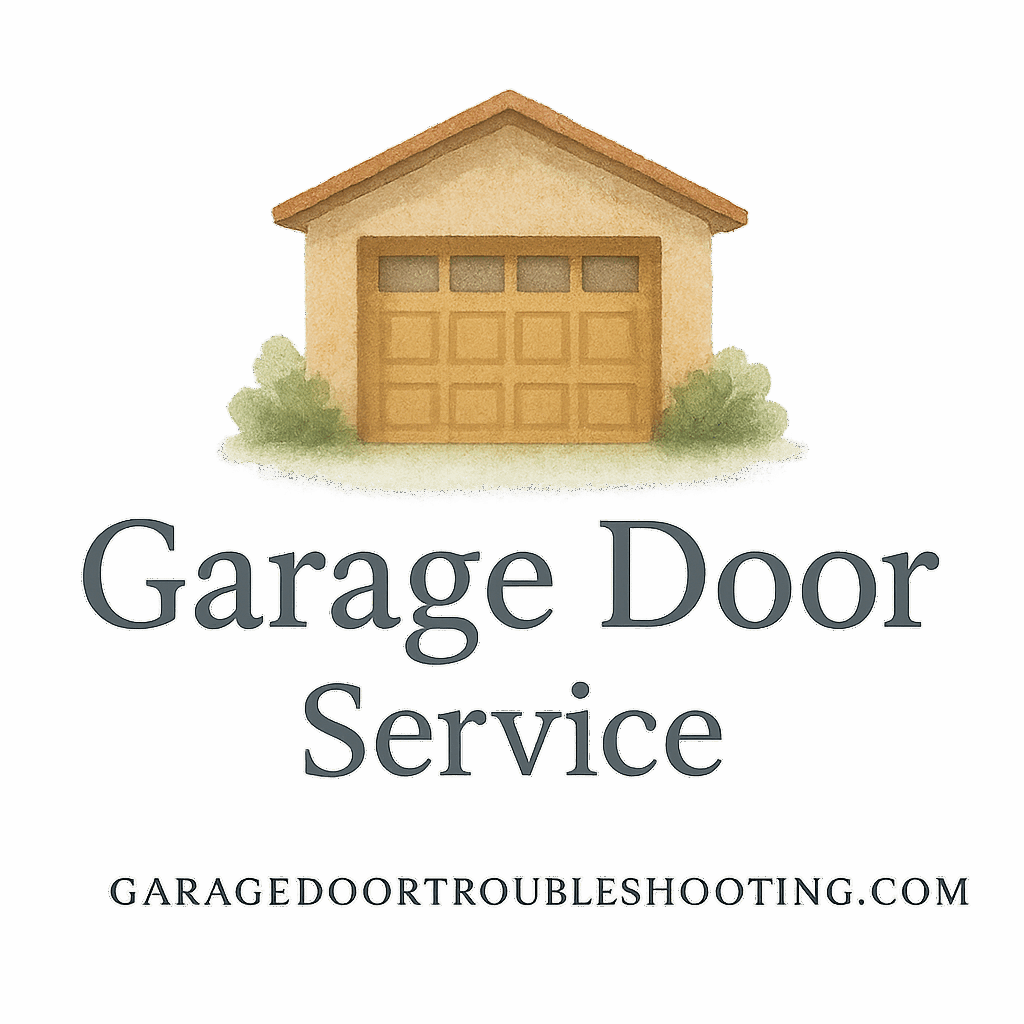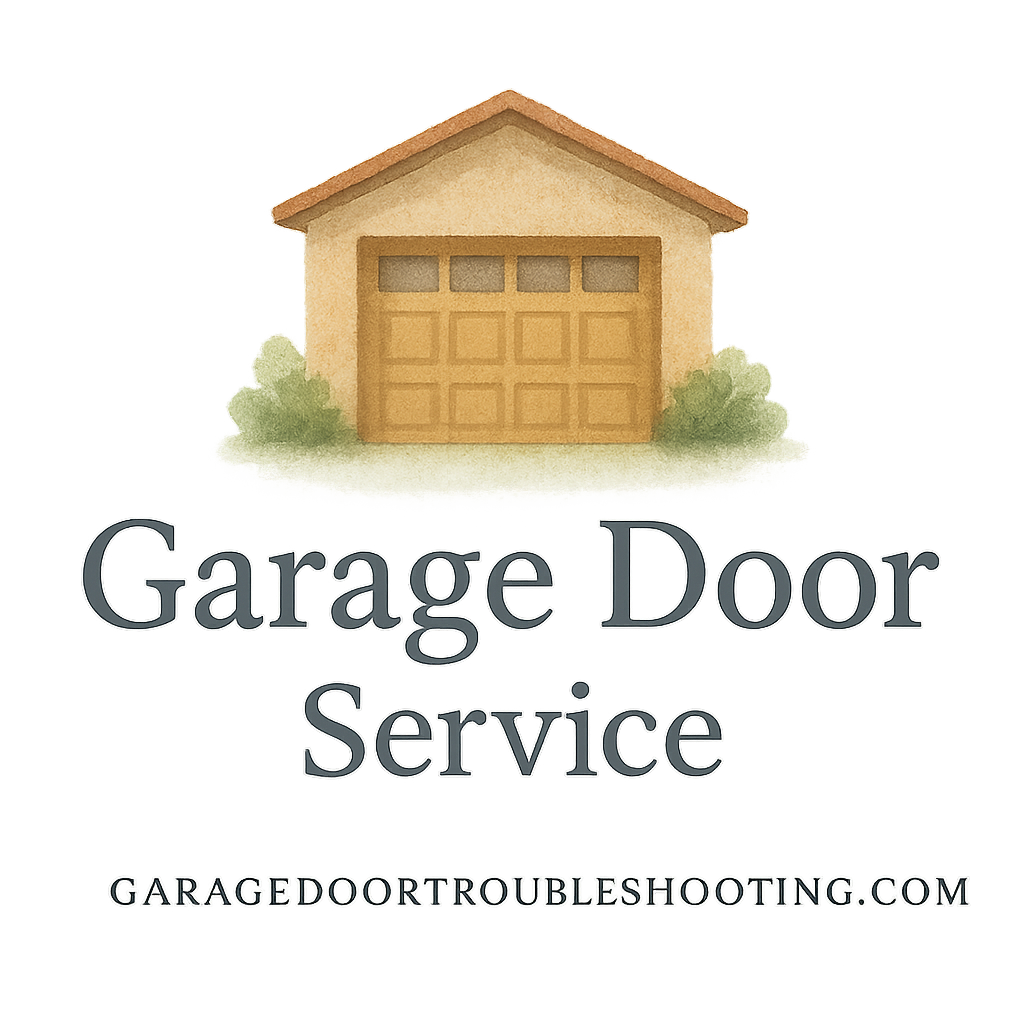Why Spring Is the Best Time for Garage Door Repairs
Spring doesn’t just bring warmer weather—it also brings the perfect chance to tackle garage door repairs. After months of cold temperatures, ice, and debris, your garage door is likely showing signs of wear. Springs may have weakened, tracks could be dirty, and hinges may be squeaky.
Seasonal Wear and Tear You Can’t Ignore
During winter, moisture often seeps into metal parts, causing rust and stiffness. If ignored, these problems escalate and can lead to more expensive fixes. That’s why spring is the ideal season to check everything from your rollers to your garage door opener.
The Cost of Delaying Garage Door Fixes
Let’s be honest—delaying a repair might seem harmless, but it usually leads to costly breakdowns. A misaligned track today can turn into a bent door panel tomorrow. Even worse, ignoring spring maintenance can compromise your home’s security. For more insight on prevention, check out these garage door maintenance tips.
Safety First: Precautions Before Repairing Your Garage Door
Before you grab your tools, let’s talk about safety. Garage door systems operate under high tension and can be dangerous if handled carelessly.
Protective Gear Every Homeowner Should Use
Always wear gloves, protective glasses, and sturdy footwear. Even minor tasks like tightening bolts can cause injuries if you’re not prepared.
Understanding the Risks of DIY Repairs
Some repairs, such as replacing torsion springs, are best left to experts. The tension in those springs is strong enough to cause serious injury. Read more about garage door safety and security to understand the risks before you start.
Essential Garage Door Repair Tools You Need This Spring
Here are six tools that should be in every homeowner’s toolkit for smooth spring garage door repairs.
Tool #1: Adjustable Wrenches
How Adjustable Wrenches Simplify Garage Door Repairs
Bolts and nuts hold your entire garage door assembly together. Adjustable wrenches make it easy to tighten or loosen them, especially when dealing with varying sizes.
Pro Tips for Using Them Effectively
Use two wrenches simultaneously—one to hold a bolt steady and the other to turn the nut. This prevents slippage and protects the integrity of your hardware.
Tool #2: Cordless Drill
Why a Cordless Drill Is a Game-Changer
Tired of cranking screws manually? A cordless drill saves you time and reduces wrist strain. It’s perfect for attaching hinges, brackets, and opener mounts.
Best Drill Bits for Garage Door Work
Invest in high-quality hex and Phillips bits. They prevent stripping screws and provide better torque. For a deeper dive into DIY garage door tools and tips, check out our guide.
Tool #3: Socket and Ratchet Set
Tackling Nuts, Bolts, and Tracks
This set is invaluable for working on tracks, mounting brackets, and opener assemblies. A ratchet’s leverage makes the job faster than wrenches alone.
Common Mistakes to Avoid
Don’t overtighten bolts—this can warp metal parts and damage tracks. Instead, aim for snug, not strained.

Tool #4: Locking Pliers (Vise Grips)
Keeping Your Garage Door Stable During Repairs
When working on cables or springs, locking pliers can clamp the track and hold the door steady. This prevents unexpected movement while you’re working.
Safety Benefits of Locking Pliers
They act as a secondary safety lock, especially when dealing with tensioned parts. Think of them as your extra set of hands.
Tool #5: Ladder and Step Stool
Choosing the Right Ladder for Garage Repairs
You’ll need a sturdy ladder to safely reach overhead tracks and opener systems. Choose one with a weight rating that exceeds your body weight plus tools.
Avoiding Dangerous Ladder Mistakes
Always place your ladder on level ground and avoid leaning too far sideways. Many garage door accidents happen because of careless ladder use.
Tool #6: Lubricants and Cleaning Supplies
The Role of Lubricants in Smooth Door Operation
Garage doors are full of moving parts. Applying a silicone-based lubricant to rollers, hinges, and springs ensures smooth operation and prevents rust.
Cleaning Tracks and Rollers the Right Way
Before lubricating, clean tracks with a dry cloth or mild cleaner. Removing dust and debris prevents buildup and prolongs your door’s lifespan. For extra maintenance insights, check out professional garage door services.
DIY vs. Professional Garage Door Repairs
When to Call a Professional Instead
If your repair involves torsion springs, motor wiring, or panel replacement, call an expert. Professionals bring experience, tools, and safety training you might not have.
How DIY Tools Save You Money Long-Term
That said, owning these six tools means you can handle 80% of common garage door fixes yourself—saving you hundreds in service fees. Learn more about garage door repair guides to know when to DIY and when to hire.
Maintenance Tips Beyond Repairs
Setting Up a Seasonal Garage Door Maintenance Plan
Schedule checks twice a year: once in spring and once in fall. This helps you catch issues early and extend your door’s lifespan.
Tools That Make Regular Maintenance Easier
Keep your adjustable wrench, cordless drill, and lubricants handy for quick tightening, cleaning, and smoothing operations. Explore our garage door installation advice for planning future upgrades.
Common Questions Homeowners Ask About Garage Door Tools
- Do I need professional-grade tools?
Not always—mid-range tools work well for most DIY repairs. - Can household lubricants like WD-40 be used?
No, they attract dust. Use silicone-based sprays instead. - Are socket sets really necessary?
Yes, they save you a lot of time compared to adjustable wrenches.
Conclusion
Spring is the perfect season to give your garage door the attention it deserves. With the right tools—adjustable wrenches, cordless drill, socket set, locking pliers, ladder, and lubricants—you’ll be well-prepared for most garage door repairs. Whether you’re tightening bolts, cleaning tracks, or ensuring smooth operation, these essentials save time, money, and hassle.
For more in-depth resources, explore Garage Door Troubleshooting and its detailed guides on maintenance, safety, and homeowner tips.
FAQs
- What’s the most important tool for spring garage door repairs?
A cordless drill—it saves time and effort on almost every task. - Can I use motor oil instead of garage door lubricant?
No, motor oil thickens and attracts dirt. Use silicone-based sprays. - How often should I lubricate my garage door?
At least twice a year, ideally in spring and fall. - Is it safe to replace garage door springs myself?
No, torsion spring replacement should always be handled by a pro. - What size ladder is best for garage door repairs?
A 6–8 foot ladder works for most standard garage setups. - Should I clean tracks before lubricating them?
Yes, cleaning ensures lubricants work effectively and last longer. - Where can I find trusted advice for homeowners about garage doors?
Visit Garage Door Troubleshooting for repair guides, safety tips, and homeowner planning resources.


